Baby Boomers’ and Seniors’ substance abuse more than doubled from 2002 to 2018. Illegal drug use, among the 50 + age group, increased by 63%. In 2003, they accounted for 48% of all drug related deaths. Most were in their mid to late 40’s, who were binging and participating in new risky behaviors. Another source of abuse is due to the overwhelming amount of prescriptions dispensed. According to one data source, 60% of all senior’s doctors’ visits ends with a prescription. They consume an average of 4.5 medications, and 3.5 over-the-counter drugs per week. This combination of medications accounts for 15% of all hospital visits from adverse drug related events.
Some complexities informing their use are: loneliness, isolation, divorce, lack of purpose, medical and physical concerns, life transitions, depression, pain management, grief & loss, and economic decline. Concerns related to abuse are increased homelessness, increased criminal and high-risk sexual behaviors, food and economic insecurity, organ failure, brain damage, and high rates of family disintegration. Another thought is that they are the only segment of the population exposed to a “positive” drug culture who were more likely to be anti-establishment, free-thinkers, hippies, or among the social elite.
Stigma & Stereotypes.
Some view addiction as a brain disease, with a primary driver of compulsivity. It is assumed that once a substance is consumed, it activates the reward pathway and produces a state of euphoria which compels one to continue to use. The disease is thought to be progressive and escalating; therefore, not even the warning of potential death by a doctor, or on a label, will cause one to stop using. More often than not, use becomes abuse, and abuse becomes dependence.
Seniors are experiencing the same stereotypes and stigma associated with addiction as teens and young adults. Judgement of the senior’s lack of morals, values and will to stop, often increases their social isolation, shame and guilt. One even stated “I’d rather have heart disease…then you’d understand that I need treatment…not hate.”
Treatment & Recovery
Today, there are more individuals, over 55, in treatment for cocaine and heroin addictions then in the previous 5 years. It is determined that a one-size-fits-all approach is not the best ideology, because older adults tend to enter treatment with more desperation, a deeper spiritual void, and a greater desire for self-actualization than their younger counterparts who may be trying to avoid consequences of justice involvement. Seniors may have barriers which are unique; therefore, treatment and recovery should be age-specific, and address their values, life-stage and physical abilities. Extended detoxification and medical stabilization should be factored into the medical plan. Slower transitions between levels of care are important. Seniors often have complications due to impaired cognitive functioning, and/or declines in speech and hearing. They are in need of longer rest and relaxation periods; therefore, mixing them with teens and young adults was not an effective approach. And, holistic approaches to psychiatry, spirituality, and physical therapy seem to have the best outcomes.
Policy Development.
The development of policies should be three-fold and include injury prevention, promotion of public information, and a centralized system to track prescriptions. As we know, current policy has been developed to track prescriptions; other developments are still necessary.
Mixing alcohol and prescription drugs increases the risk of personal injuries due to falls; and additional prescribing of medications to manage the pain after the fall continues the vicious cycle of abuse among the 60 + group. Public Awareness campaigns should be focused on protecting our seniors from this avoidable circumstance.
It is commonplace for seniors to be prescribed medications for a multitude of ailments; however, the current prescription medication tracking system is not designed to generate warnings for adverse interactions among medications from multiple providers. This is an area for future development.
-Felecia Pullen, CEO of The PILLARS
